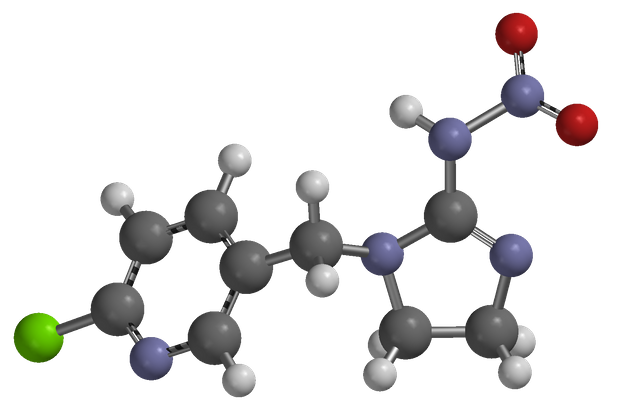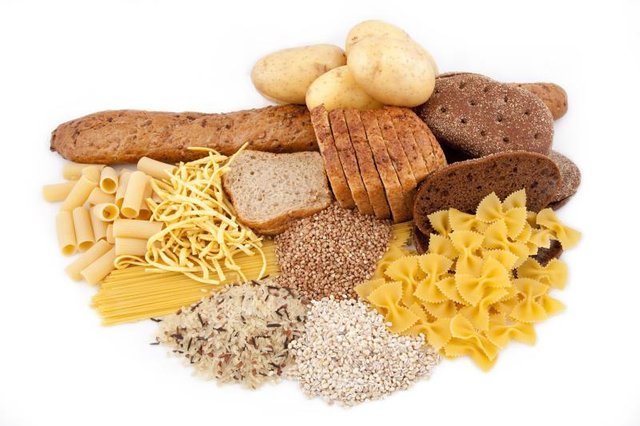Chemical basis of Life Part 1 (Let's learn series #13 : Biology)
Do you know that your body is a mysterious factory with chemicals in it? The bodies of all organisms are composed of a variety of chemical compounds. These chemical compounds are formed by bonding of a variety of elements in different ways.

There are 92 elements in the nature. Out of them about 25 are in the living body. There are main 4 elements which are present in living organisms. They are,
- Oxygen
- Carbon
- Hydrogen
- Nitrogen
Other than them,
- Sulphur
- Sodium
- Phosphorous
- Pottassium
- Calcium
- Chlorine
- Iron
- Magnesium
are present.
The chemical compounds which contain Carbon are known as 'Organic compounds'.
The chemical compounds which do not contain Carbon are known as 'Inorganic compounds'.
But Carbon Dioxide, Carbonate, Bicarbonate, Carbon monoxide are some of the Inorganic compounds which contain Carbon.
The organic compounds which build up living matter are named as Bio-molecules. The main four biomolecules are,
- Carbohydrate
- Protein
- Lipids
- Nucleic acids
Carbohydrates

Well even a child knows what Carbohydrate is. It gives us energy and makes us fat if we take Carbohydrates so much and do not exercise. And if I ask someone what foods contain Carbohydrates, the answers would be, Rice, Bread, Potato, Grains, Sugar etc... But do you know the chemical basis of Carbohydrates?
Well Carbohydrates are composed of Oxygen, Carbon and Hydrogen. Oxygen and Hydrogen combine in 1:2 ratio in Carbohydrates.
the common molecular formula for carbohydrates is, CH2O
Carbohydrates can be divided in to three groups namely, Monosaccharides, Disaccharides, Polysaccharides.
Monosaccharides
The chemical formula of Monosaccharides is C6H12O6. The examples for Monosaccharides are, Glucose, Fructose and Galactose.
Glucose
Location it's present :- Ripen fruits
Bee honey
Facts :- The end product of starch hydrolysis.
Release energy during breaking down in cellular respiration.
Produced in the process of photosynthesis
Fructose
Location it's present :- Ripen fruits
Bee honey
Carrots
Pumpkin
Facts :- Known as Fruit sugar
Sweetest sugar
Formed during ripening of fruits
Galactose
Location it's present :-Dairy products
Facts :- No sweet taste
End product of Lactose hydrolysis.
Disaccharides
Disaccharides are formed by the combination of two monosaccharides. During this, a water molecule is released.
The chemical formula of Disaccharides is, C12H22O11
Monosaccharide + Monosaccharide = Disaccharide + Water
Maltose
Location it's present :-Germinating seeds
Facts :- Glucose + Glucose = Maltose + Water
An intermediate product of starch hydrolysis
Sucrose
Location it's present :-White and brown sugar
Beet
Sugar cane
Phloem sap in trees
In some fruits
Facts :-Glucose + Fructose = Sucrose + Water
Lactose
Location it's present :-Dairy products
Facts :- Glucose + Galactose = Lactose + Water
Only sugar that is absent in plants
Polysaccharides
A large number of Monosaccharides combine together to form Polysaccharides.
The chemical formula for Polysaccharides is C6H10O5
Examples for Polysaccharides are, Cellulose, Starch and Glycogen.
Cellulose
Location it's present :-Cell wall of plants
In fibres
Facts :- Not digested in the digestive system but helps to avoid constipation.
Starch
Location it's present :-Grains
Yams
Jack
Bread fruit
Facts :- The type of Carbohydrate that stores in plants
Glycogen
Location it's present :-Animal liver and muscles
Facts :- The type of Carbohydrate that stores in animal bodies.
---------------------------------------------------------------------------------------------------------------
That's it for now
All these information is from my Science text book
Hope you learnt something
Thank you for stopping by